Hegemonic Stability Theory The theory of hegemonic stability got its start in the 1970s with the work of Charles Kindleberger (1973), who focused on the reasons for the Great Depression. His basic argument was simple: the root cause of the economic troubles that bedeviled Europe and much of the world in the 1920s and 1930s was the absence of a benevolent hegemon—that is, a dominant state willing and able to take responsibility for the smooth operation of the international (economic) system as a whole.
Taking responsibility, in large part, meant acting as an international lender of last resort, as well as a consumer of last resort (DeLong and Eichengreen 2012). More specifically, as a lender of last resort, the hegemon provides access to loans (especially long-term loans) when the normal flow of international lending has dried up; this is also referred to as countercyclical lending. Counter-cyclical lending, in turn, is critical to the maintenance of currency convertibility, which refers to the ease with which a country’s domestic currency can be converted into gold or a hard currency.
Here is the basic problem: when a currency becomes relatively inconvertible, trade in goods tends to decrease, since many countries are unwilling to accept the inconvertible currency as payment. After all, if currency (from Country A) cannot be converted into gold or, say, U.S. dollars, then the only way it can be used is to buy goods from Country A. (See figure 3.1 for a contemporary example of this issue.) International trade is also negatively impacted if there is no consumer of last resort. In this case, as the consumer of last resort, the hegemon maintains an open market, and encourages other countries to follow suit. If the hegemon or potential hegemon closes or restricts access to its market, as the United States did in 1930 with the Smoot-Hawley Tariff Act, the effects on international trade are usually disastrous. The Smoot-Hawley Tariff Act had particularly damaging effects because of the asymmetrical (economic) power of the U.S.: as the dominant economy in the world, the U.S. decision to erect higher protectionist barriers essentially gave the green light to all other countries to do the same.
However, once the U.S. fully accepted its role as the hegemon, as it did in the immediate aftermath of World War II with the construction of the Bretton Woods system (BWS), an opposing dynamic was set in place. At the same time, when U.S. commitment began to waver (a phenomenon referred to as benign neglect), international confidence in the dollar-based monetary order quickly began to wane.
The hegemon is willing to take on these responsibilities, it is important to emphasize, for self-interested reasons: as the world’s dominant economy, the hegemon has the most to gain, relatively speaking, from a stable and growing international economic system. At the same time, the existence of a hegemon does not prevent economic shocks and downturns from taking place. Instead, it plays a central role in ensuring that such events do not devolve into full-blown economic crises or depressions. As Kindleberger (1973) explained it, prior to the onset of the Great Depression.
The Decline of British Hegemony

hegemonic stability theory as a widely accepted explanation, not only for the dynamics of the world economy, but also for the dynamics of international relations more generally. Indeed, hegemonic stability theory has been embraced by realists—who represent the longdominant school of thought in international relations theory—as a general explanation for the existence of cooperation among states through most of the postwar period. In the realist view, the hegemon mitigates the effects of anarchy by acting as the rule enforcer for the international system (as a concept in international relations theory anarchy refers to a situation in which there is no overarching political authority that exists beyond individual states). Without a rule enforcer, states are usually unwilling to cooperate on a sustained and universal basis. Consider, on this point, a simple question: Would people, in general, willingly pay taxes to maintain, say, a police and judicial system if there were no threat of sanctions for noncompliance? To be sure, some people, perhaps even most, would voluntarily comply. But a significant number of others would not. For the latter group, they obey because there is a clear-cut rule-enforcer—a higher authority in the form of the state— that is capable of compelling compliance when necessary by punishing rule-breakers.
Hegemonic stability theory, however, posits that a dominant actor can fulfill the role of a higher authority by using its overarching power and disproportionate control of resources. The hegemon, to put it bluntly, can either force or cajole “lesser states” to comply with the rules (of the international political economy). In this regard, it begins to look like “might makes right,” but hegemonic stability theory also presumes that the hegemon generally has more to gain from encouraging voluntary cooperation than from engaging in conflict and violence to compel cooperation. This is especially the case when considering economic issues, such as the construction of a liberal international economic order. This leads to a key question: Why does the hegemon actually play the role the theory describes? We already have a general answer— namely, because doing so brings a net benefit to the hegemon.

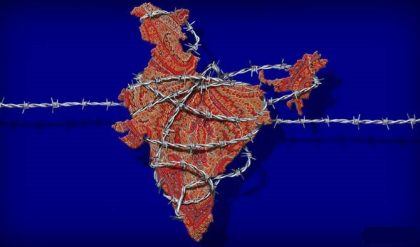
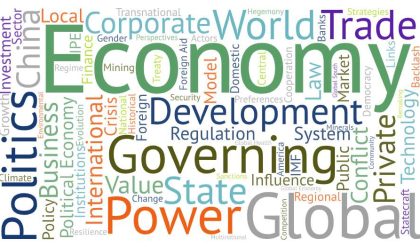
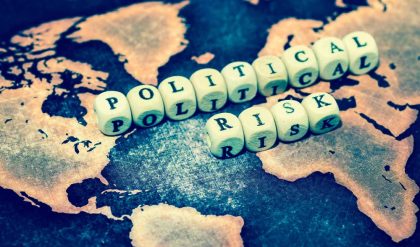
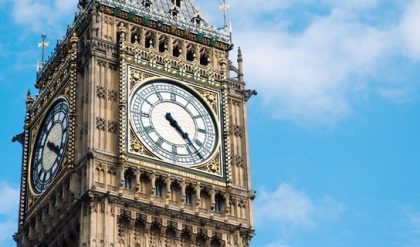
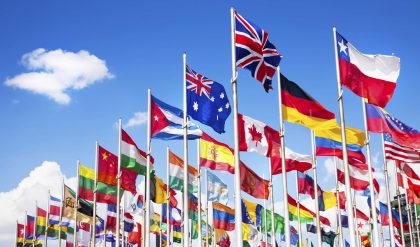
Comments are closed.